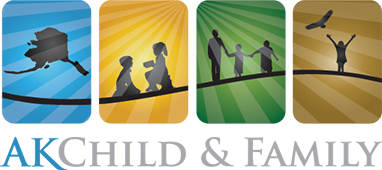September is Emergency Preparedness month and while we take steps every month of the year to ensure we limit the impact of emergencies or disasters, we also place a little more emphasis on preparedness communications at this time of year as we get ready for winter. Among other things this month, Julie Harvey from the Office of Emergency Management kindly agreed to share some tips and reminders at our all-staff meeting. These centered around three simple things to do:
1. Build a kit
2. Create a plan, and
3. Be informed. We are grateful to Julie for spending time with us and share this information with her express enthusiasm.
As we evaluate our readiness both at work and in our homes we wanted to share some of what we learned with others too. We hope you find at least one takeaway message from the following.
Build a kit: It's important to have centrally located supplies available to include: food, water, first aid, medications, clothing, heat source, copies of important documents, and small denomination cash. Because of our remote geographical location it's recommended we keep 7-14 days supplies readily available. Consider keeping a kit at home, in the car, and check to see what is kept at work too. Rotate perishable items out so as to avoid surprises if or when the time arises they need to be used. If you don't already have a full kit ready, consider making a plan about what you'll need & add items as you can each week.
Create a plan: Know and practice emergency evacuation protocols at work, school and home for a variety of scenarios. Let loved ones know how you would anticipate communicating after an event (texting is often the most reliable method) and have key contacts relay messages to family & friends to help limit the load on local communication networks which are often overloaded or compromised after an event.
Be informed: Talk with friends & neighbors about being prepared & potentially which resources you could share if necessary. Visit any number of federal state or municipality offices/websites to learn more about emergency preparedness. Here are a few to consider:
CDC - emergency preparedness & response (https://emergency.cdc.gov/)
FEMA - (www.fema.gov/plan-prepare-mitigate)
Ready.gov (www.ready.gov)
OEM - (www.muni.org/departments/oem/pages/default.aspx).
Apps for that - FEMA offers a free customizable app & NIXLE is a resource for obtaining real time local information from emergency services.
One of our exercises post training was to identify just one action step we'd take to be better prepared. Whether it's replace stored drinking water that's already a few years old, check the emergency kit batteries still work, download the FEMA app, or talk to kids about evacuation routes in the event of a fire we hope you'll consider doing likewise.
